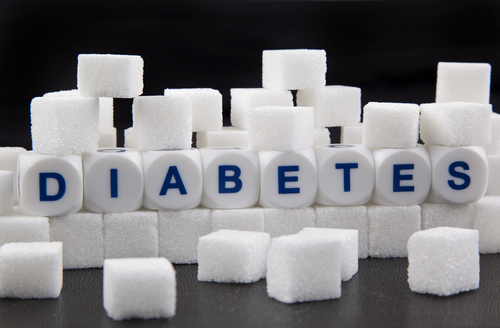Aerpio Therapeutics, a clinical‐stage biopharmaceutical company focused on the development of novel therapeutics for the treatment of vascular disorders with an emphasis on diseases of the eye, recently announced top-line data regarding its TIME-2 clinical trial investigating AKB-9778 for patients with Diabetes Mellitus Edema (DME).
Results showed that the combined treatment of Lucentis® (ranibizumab injection) and AKB-9778 (dosed at 15 mg BID) reduced the central subfield thickness (CST) in comparison to Lucentis® alone. Results also showed that more patients with DME that received the combined treatment reached greater than or equal to three lines of visual acuity in comparison to Lucentis® alone.
The study also involved a third treatment where DME patients received 15 mg BID of AKB-9778 alone for a period of 3 months. Results from this study arm revealed no reductions in CST.
Results from the safety analysis showed no clinical differences between the three study arms in terms of ocular or non-ocular adverse events.
The company will present the study results at an upcoming scientific meeting, and will also conduct a follow-up study with this combined regimen.
“The results from TIME-2 are very encouraging as AKB-9778 is the first compound to show a benefit in combination with an anti-VEGF agent, the established standard-of-care, in the treatment of DME. The robust effect seen in controlling macular edema suggests the potential of the combination of AKB-9778 and an anti-VEGF agent in the treatment of DME and other retinopathies,” said Dr. David Boyer, Senior Partner of Retina Vitreous Associates of Los Angeles.
“Achieving and maintaining dry retinas is one of the key efficacy drivers in DME. The percentage of patients that achieve this outcome at three months with AKB-9778 combination therapy is promising, and we’d expect significant visual acuity outcomes to follow these types of anatomic outcomes,” added Dr. Pravin Dugel, Managing Partner of Retinal Consultants of Arizona.
“The combination therapy benefit observed in this trial supports the further development of AKB-9778 and our ultimate commercial strategy to launch as adjunctive therapy in combination with anti-VEGF agents,” stated Joseph Gardner, CEO. “Most importantly, the combination approach has the potential to provide better outcomes for DME patients. We are actively planning the next stage of clinical development for this promising compound.”
TIME-2 was a proof-of-concept, phase 2a clinical trial that assessed the efficacy observed in the TIME-1 study. TIME-2 also aimed to determine the safety profile of AKB-9778 in patients with DME.
A total of 144 patients with DME were included in the TIME-2 clinical trial. Patients were randomly assigned to receive either AKB-9778 alone or combined with Lucentis® in comparison to Lucentis® alone for 3 months.
TIME-2’s primary endpoint was the mean change from baseline in central subfield thickness, and the secondary endpoints were the safety profile and visual acuity.
“The TIME-2 results are encouraging and demonstrate the importance of multiple pathways in diabetic eye disease. We anticipate the next DME study will feature a longer treatment duration to optimize the anatomic and visual acuity outcomes seen at three months in TIME-2,” said Chief Scientific Officer Kevin Peters. “In addition to optimizing benefits in DME, we are hopeful that longer durations of therapy with systemically administered AKB-9778 will provide collateral benefits in other vascular beds commonly compromised in diabetics, including the kidneys and extremities. The implications of such a treatment could revolutionize the treatment of diabetes mellitus.”
AKB-9778 is a small molecule, Tie-2 activating agent that effectively blocks vascular leak and pathologic angiogenesis in multiple disease conditions. It is initially being developed for the treatment of diabetic macular edema.


